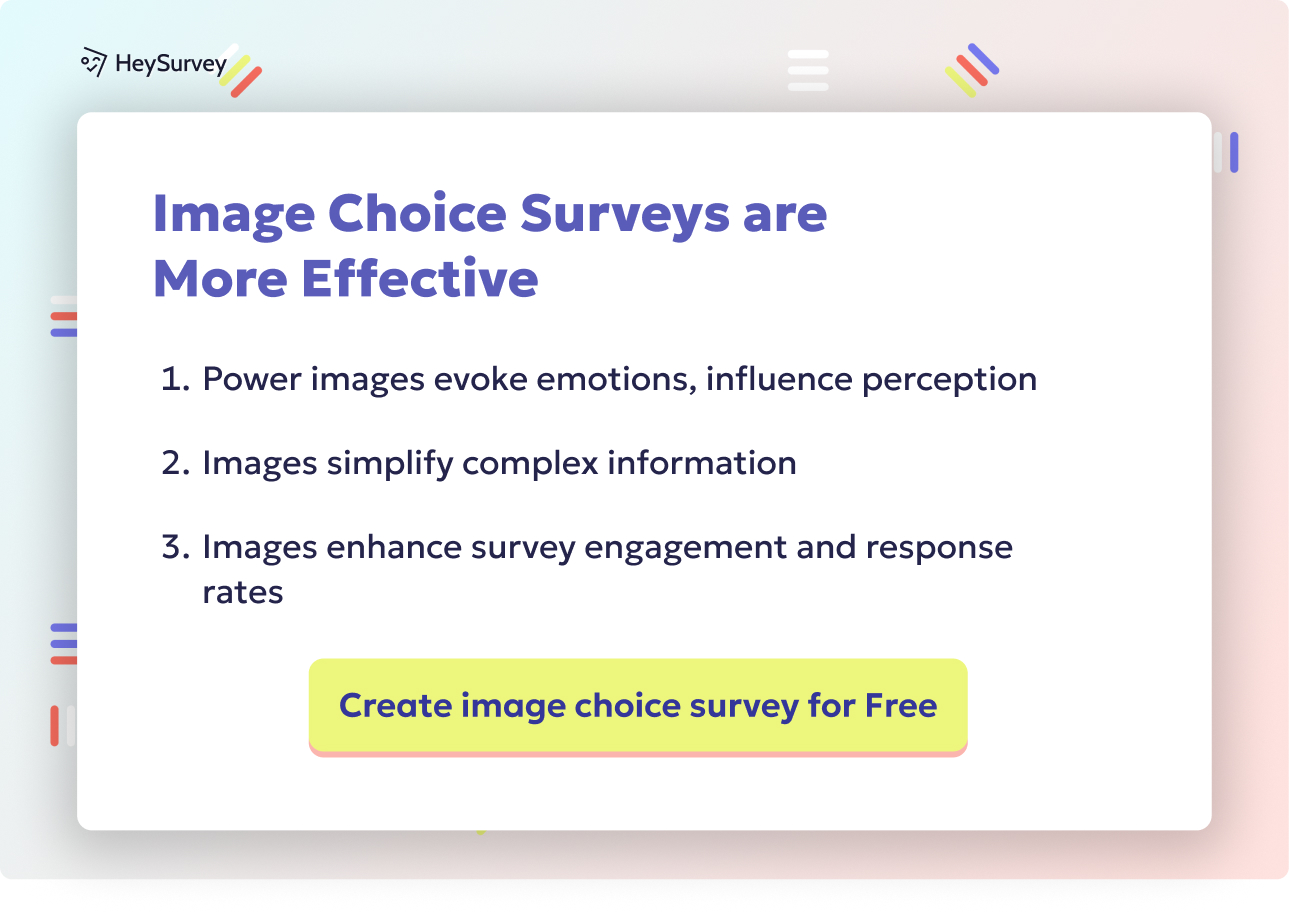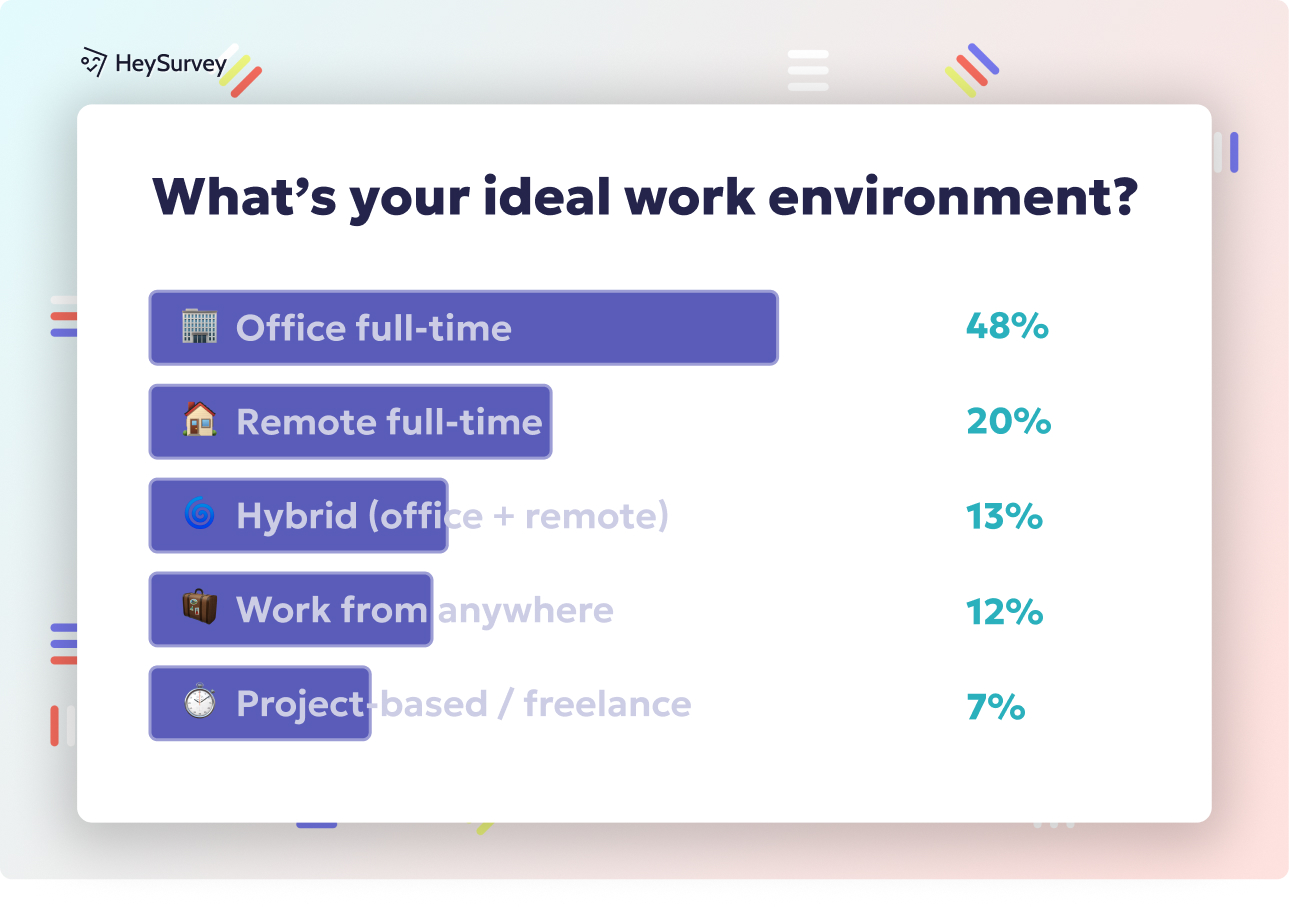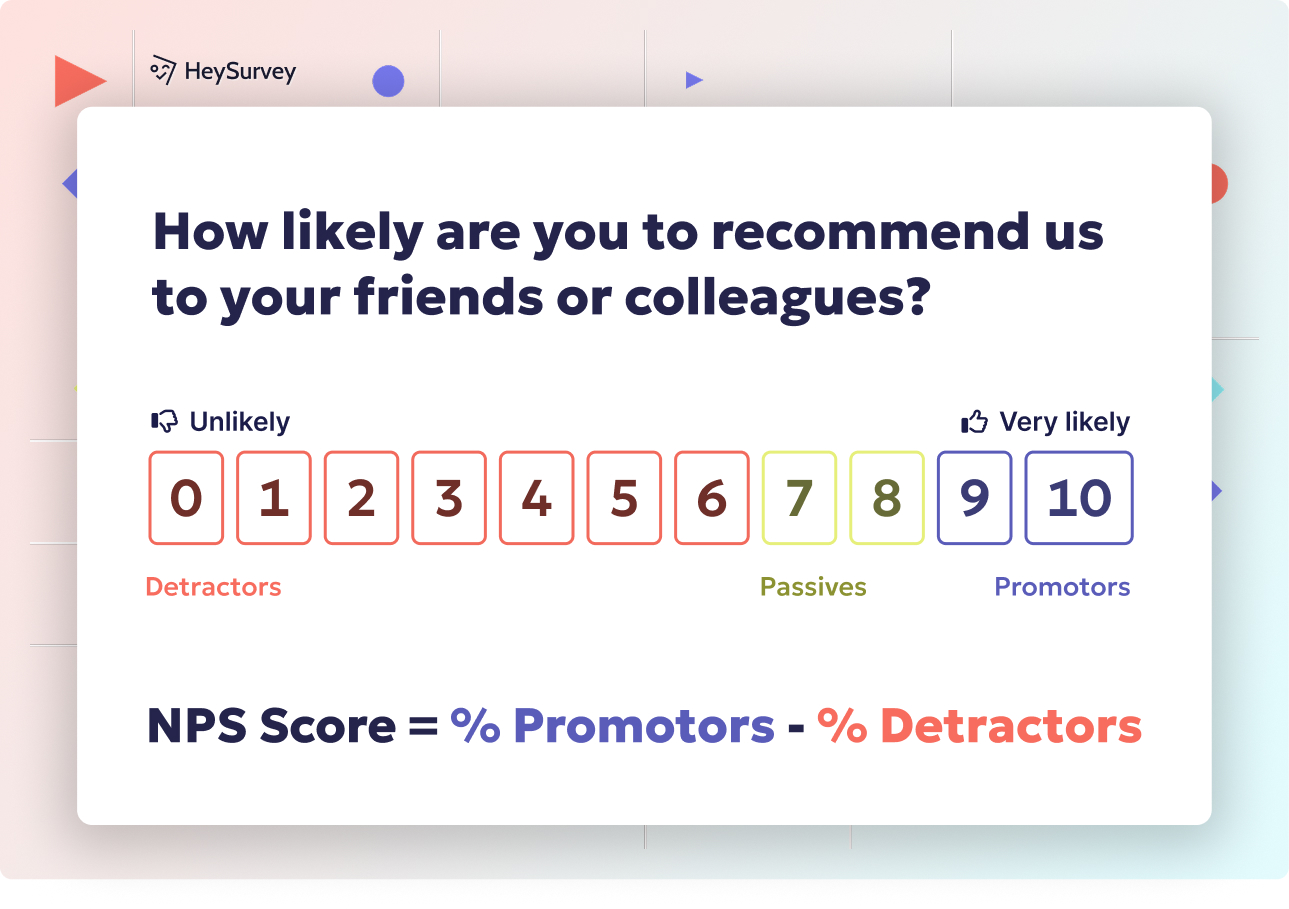24 shopping surveys questions for shopper feedback
Discover how to refine your retail strategy with shopping surveys questions. Explore 25 sample questions and best practices for powerful insights
Shopping surveys play a vital role in uncovering hidden customer insights. They offer a fun and direct way to gauge preferences, pain points, and shopping habits. Timely surveys keep businesses in tune with shopper behaviors and expectations.
They’re used before, during, or after a purchase to gather actionable feedback. This helps enhance the overall shopping journey while building loyalty. Direct customer input is a powerful way to stay ahead in a competitive landscape.
Overall Shopping Experience Survey
A broad-view survey reveals how customers perceive navigation, service, and ambiance. Holistic insights empower businesses to pinpoint areas needing attention and to celebrate what works well.
According to a 2022 retail analytics study, 78% of shoppers said a well-organized store layout greatly influences their likelihood to buy. Source
They’re best launched at intervals throughout the year to keep pace with changing trends. If customers struggle with product locations or digital navigation, results will show lower satisfaction, prompting swift action. Early detection of these hurdles helps protect brand reputation and maintain strong conversion rates.
- On a scale of 1–10, how satisfied are you with your overall shopping experience?
- How easy was it to find the product categories you were looking for?
- Did our store or site layout meet your expectations?
- How would you rate the quality of our customer service interactions?
- Would you recommend us to a friend based on this experience?

Pre-Purchase Feedback Survey
Many shoppers add items to carts but never finish the purchase. A careful pre-purchase survey uncovers the reasons behind hesitation.
It’s best to reach out when a shopper demonstrates serious interest, like browsing product pages multiple times. You can learn about price sensitivity, missing product details, or trust concerns. Closing these gaps quickly transforms uncertain prospects into excited buyers.
- What primary factor influences your purchase decision today?
- Are there any extra features or details you wish to see before buying?
- What, if anything, is causing you to hesitate in completing your purchase?
- How did you first hear about our store or product?
- Is there any special information we can provide to assist your final decision?
Create your survey, it's 100% free
Step 1: Create a New Survey
• Click “Create New Survey” or open a template by pressing the button below.
• You can start from a blank survey, use a pre-built template, or even type questions directly to let HeySurvey format them automatically.
Step 2: Add Questions
• In the Survey Editor, click “Add Question” and select your desired question type (Text, Choice, Scale, etc.).
• Use simple markdown to style your text or add images from Giphy and Unsplash.
• Mark questions as required if needed, and explore branching to create unique paths for each answer.
Step 3: Publish Your Survey
• Once satisfied, click “Preview” to see what respondents will experience.
• When ready, hit “Publish” to generate a shareable link or embed code.
• Note that you’ll need an account to access responses later.
Bonus Steps:
• Apply Branding: Upload your logo or customize colors, fonts, and background in the Designer Sidebar.
• Define Settings: Adjust availability dates, response limits, redirects, or let respondents view certain results.
• Skip Into Branches: For advanced logic, set branching rules so different answers lead to different questions or endings.
You’re all set—start creating your survey now with the button below!
Product Evaluation Survey
Shoppers form opinions about product quality, usefulness, or aesthetic appeal after spending time with their purchase. Targeted product surveys capture these perceptions.
Run them shortly after delivery, allowing enough time for real-world usage. People often highlight overlooked features or hidden gripes. Reliable feedback shapes upgrades, marketing angles, or design tweaks for future launches.
- How would you rate the overall quality of the product?
- Does this product align with the expectations you had before purchasing?
- Which features do you find most useful for your needs?
- Are there any aspects of the product you feel should be improved?
- How likely are you to buy or use related items from us in the future?
Cart Abandonment Survey
Cart abandonment plagues both large and small retailers. By reaching out, you can learn how to tackle checkout surprises or hidden fees. Acting on abandonment insights can greatly improve conversion rates.
A recent industry report shows that 69% of online shopping carts are abandoned, primarily due to unexpected shipping costs. Source
Aim to send this survey or pop-up promptly, while the considered purchase is still on the shopper’s mind. Offer concise questions and a polite tone. Minimizing disruptive elements encourages shoppers to re-engage with your brand.
- What stopped you from finalizing your purchase?
- Did you encounter any issues or confusion during checkout?
- How satisfied were you with the shipping costs or options?
- Were you comfortable with the payment methods available?
- Is there anything we can do to encourage you to complete your purchase next time?

Pricing Sensitivity Survey
Customers pay close attention to price points, shipping fees, and discounts. Gathering pricing insights helps you adapt strategies for competitive edges.
Roll these surveys out when introducing new products, planning promotional deals, or considering price adjustments. The data you gather shows acceptable ranges and highlights potential friction if a product is perceived as too expensive. Smart pricing drives profitability while keeping shoppers happy to spend.
- What is the highest price you’d pay for this product?
- At what price does it start to feel too expensive?
- How important are discounts or promotions in your decision-making process?
- Does free shipping make you more willing to pay a bit extra for an item?
- Would you still buy this product if its price increased by 10%?
Post-Purchase Satisfaction Survey
Right after a purchase, customers have fresh memories of how everything went. Capturing immediate reactions helps you detect any hiccups or highlight strengths.
Time surveys to arrive a few days post-delivery, ensuring your customers have tested the product. Their feedback gives you a window into whether you met their expectations or fell short. Proactive engagement after a sale also fosters trust and future loyalty.
- How satisfied are you with your recent purchase overall?
- Did the product or service meet your expectations?
- Were you pleased with the delivery timeline and packaging?
- Did you find our customer service helpful if you reached out?
- Would you consider shopping with us again in the future?

Retail Store Experience Survey
For brick-and-mortar stores, the physical setting, staff conduct, and overall vibe matter greatly. Evaluating in-store factors helps you enhance foot traffic and sales.
Invite feedback right after a store visit or offer on-site digital kiosks. Customers might reference issues with cluttered aisles or unhelpful staff. Immediate fixes can improve satisfaction and encourage shoppers to linger—and spend—longer.
- How would you rate the cleanliness and organization of our store?
- Did our staff make you feel welcome and assist you adequately?
- Were products displayed in a way that made shopping easy?
- What could we do to improve our in-store customer experience?
- Was the checkout process smooth and quick?
Online Shopping Usability Survey
In the digital sphere, easy navigation and clear information can make or break a sale. Optimized user interfaces boost conversions and reduce frustration.
A well-timed usability survey can uncover any pain points, from slow-loading pages to missing product details. Addressing these concerns quickly leads to a smoother experience. Swift improvements show customers you value their time and feedback.
- Was our website easy to navigate for finding desired products?
- Did you encounter any technical issues that disrupted your shopping?
- Were product images and descriptions sufficient for making a decision?
- How would you rate the speed of our site while browsing?
- Is there anything you’d like to see improved about our online store?
Delivery & Fulfillment Satisfaction Survey
Once an order is placed, the next make-or-break moment is delivery. On-time, accurate shipping supports a positive last impression of the buying process.
Email these surveys just after delivery, focusing on speed, communication, and packaging quality. If a customer mentions problems with package damage, you can spot potential fulfillment partner issues. Strategic improvements here elevate overall brand reputation.
- How satisfied are you with the delivery speed of your order?
- Did your package arrive in good condition and on time?
- Were you kept informed about shipping updates and potential delays?
- Did you receive exactly what you ordered without any mix-ups?
- What could we do to improve our delivery process?
Customer Loyalty & Retention Survey
Long-term shoppers are golden for stable revenue and referral growth. Understanding why customers stick around helps shape better loyalty programs.
New research indicates that loyal customers spend 67% more than new ones, emphasizing the value of retention strategies. Source
Send these surveys after several purchases or at set intervals for active members of loyalty initiatives. Ask about what keeps them coming back or what additional perks they want. Well-aligned perks create a sense of belonging and encourage continued patronage.
- How likely are you to continue shopping with us in the upcoming months?
- What aspects of our store or brand appeal to you most?
- Have you recommended us to friends or family?
- Which loyalty program benefits would you find most valuable?
- What could we do to further ensure your long-term loyalty?
Best Practices for Shopping Surveys
Crafting well-researched, concise, and engaging questions is key. Question design directly impacts response quality and completion rates.
• Keep surveys to a handful of targeted inquiries.
• Clearly define each survey’s objective to stay focused.
• Offer small incentives like loyalty points or discounts for participation.
• Send your surveys at logical customer touchpoints to raise relevance.
• Encourage honest feedback by emphasizing respect and privacy.
Ensure you avoid poorly phrased or overly broad questions. Over-surveying can lead to fatigue and reduced response rates. Balanced communication preserves a positive brand image while yielding the insights you need.
Conclusion
Gathering and applying shopping survey data can transform the way you do business. It includes everything from driving conversions to polishing the entire shopping experience. By asking smart questions and acting on the answers, you’ll stay a step ahead of shifting consumer needs. These surveys serve as a direct path to stronger relationships and ongoing success. Always remember to keep it pleasant, engaging, and fun for your customers.